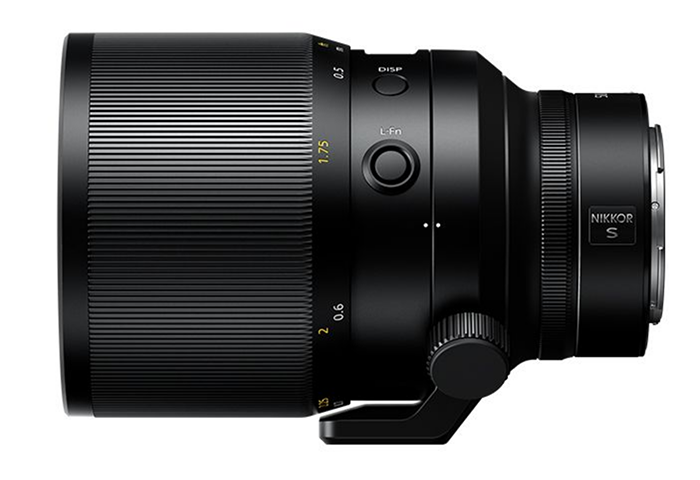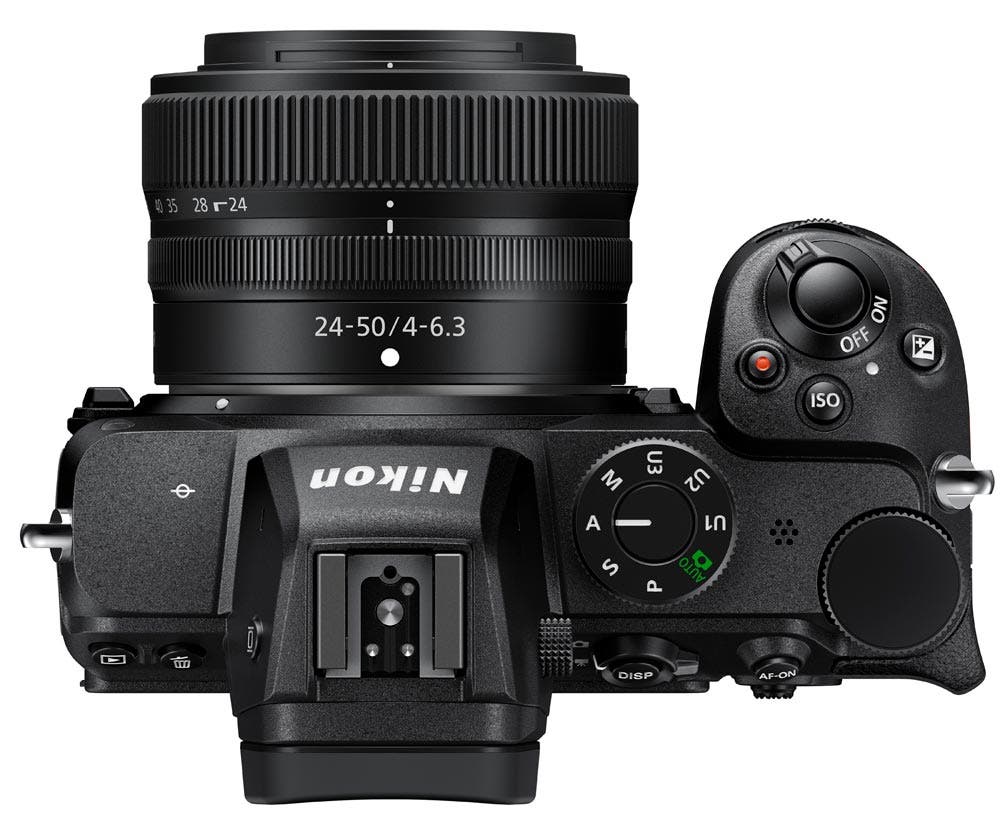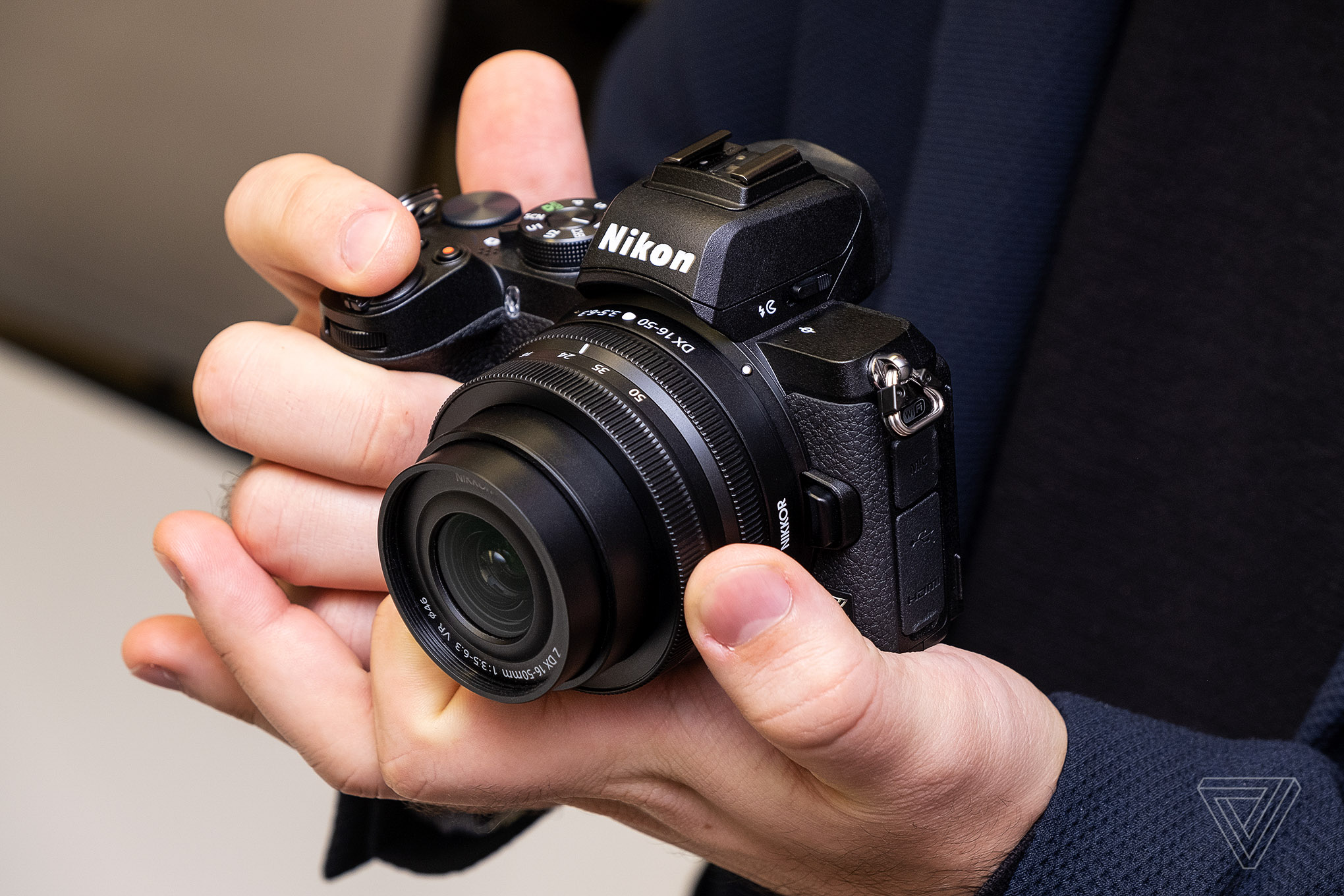

The basic kit of the Nikon Z50 is the classic with Nikkor Z DX 16-50 f/3.5-6.3 VR lens. It provides a choice of Single point, Wide (S), Wide (L), and Auto-area, with Face or Tracking mode accessible in the Auto-area mode. It can shoot 4K UHD footage at up to 30p or 1080 video at up to 120p.Īdvantageously, the camera's video AF interface is pleasantly consistent with the way things work in stills mode. The Z50 is a good video camera that produces good-looking footage. However, it is limited to an 8-bit video and the camera does not have a headphone jack for sound monitoring, but a microphone port is available for recording external sound. It allows for the creation of the 4K time-lapse sequences in it while shooting in Full HD adds additional slow-motion footage mode. It shoots across the full sensor width, rather than a cropped version that some rivals have employed. It is capable of shooting 4K without any cropping at up to 30 FPS, which is impressive. Similar to the 16-50mm VR, the optical vibration reduction on the lens is excellent for stills and video shooting. It is very sharp from 50mm to 200mm and gets noticeably softer at 250mm. For more reach, Nikon Z DX 50-250mm f/4.5-6.3 VR lens gives a long zoom range.

The Nikon Z DX 16-50mm f/3.5-6.3 VR is absolutely a fantastic lens especially in shooting at shorter focal lengths. The Z50 is wonderful at recovering both highlight and shadow detail when shooting complex high-contrast scenes, and it is able to preserve color information accurately.
NIKON Z50 FULL FRAME ISO
Nikon Z50 is a great low light performer too, with a native ISO range of ISO100-51,200 at up to -4EV.

Its 11fps continuous shooting range matches the Z 6 and exceeds the Z 7, and certainly puts it up amongst the fastest shooters around, matching many pro-level DSLRs.

Thanks to the lack of an optical low-pass filter, one can take full advantage of the resolving power of the exceptionally sharp Z-mount lenses. The 20.9 MP DX-format sensor borrows the fast, wide Hybrid-AF (autofocus) system from Nikon's full-frame 'Z' cameras, with 209 AF points covering 90 percent of the sensor width and height. Photos experience and shooting experience This implies that it cannot withstand extreme climatic situations, dust, rain. However, like all cameras in this category, the Nikon Z50’s weather sealing is a standout in this class. In comparison to Z6 and Z7, Nikon Z50 is lighter and weighs 395g excluding the battery and the memory card. Therefore, such a measure immediately suggests the circumstances in which to use an entry-level camera, it is perfect for any type of travel or street photography. The Nikon Z50 is slightly less bulky in terms of size in comparison to Z6 and Z7: it measures 126.5 × 93.5 × 60 mm (5.0 × 3.7 × 2.4 in) It is roughly on par with the Nikon D7500 and perhaps the Nikon D500 as an enthusiast APS-C camera. It has both rear and front-mounted scroll wheels that enable aperture and shutter speed to change quickly. The ergonomics are great, with fewer buttons than the Z6 and Z7, but touch icons next to the touchscreen replace some of the functionality of the physical buttons. Ideally, the feeling of grabbing a Z50 is pleasant. The camera is physically smaller and lighter than full-frame Z models and it uses a similar deep grip that is comfortable to hold. There is also a new Nikkor Z DX 50-250mm f/4.5-6.3 VR telephoto zoom. The Z50 is positively dinky, particularly with the Nikkor Z DX 16-50mm f/3.5-6.3 VR kit lens attached. It stands out from the previous Z6 and Z7 for a lighter weight, easier body to handle, and a longer battery life that allows up to 320 shots. The camera has a lightweight construction with a great body build and ergonomics. It is at the high end both in technical and price terms. With its price point of $860 MSRP, it competes head-to-head with other mirrorless options on the market such as the Sony A6400, Fuji X-T30, and Canon EOS M6 Mark II. Its sensor accommodates two types of lenses: a 16-50mm F3.5-6.3 collapsible standard zoom and a 50-250mm F4.5-6.3 telephoto zoom - both with built-in image stabilization. Together with two compact DX lenses for this camera, it packs many attractive features, putting it above entry-level DSLRs like Nikon D3500 and D5600 The camera attracts a generation of new photographers and beginners for its friendly budget level. The Nikon Z50 is the first-generation Z-mount DX mirrorless camera with a 20.9 megapixels APS-C sensor.


 0 kommentar(er)
0 kommentar(er)
